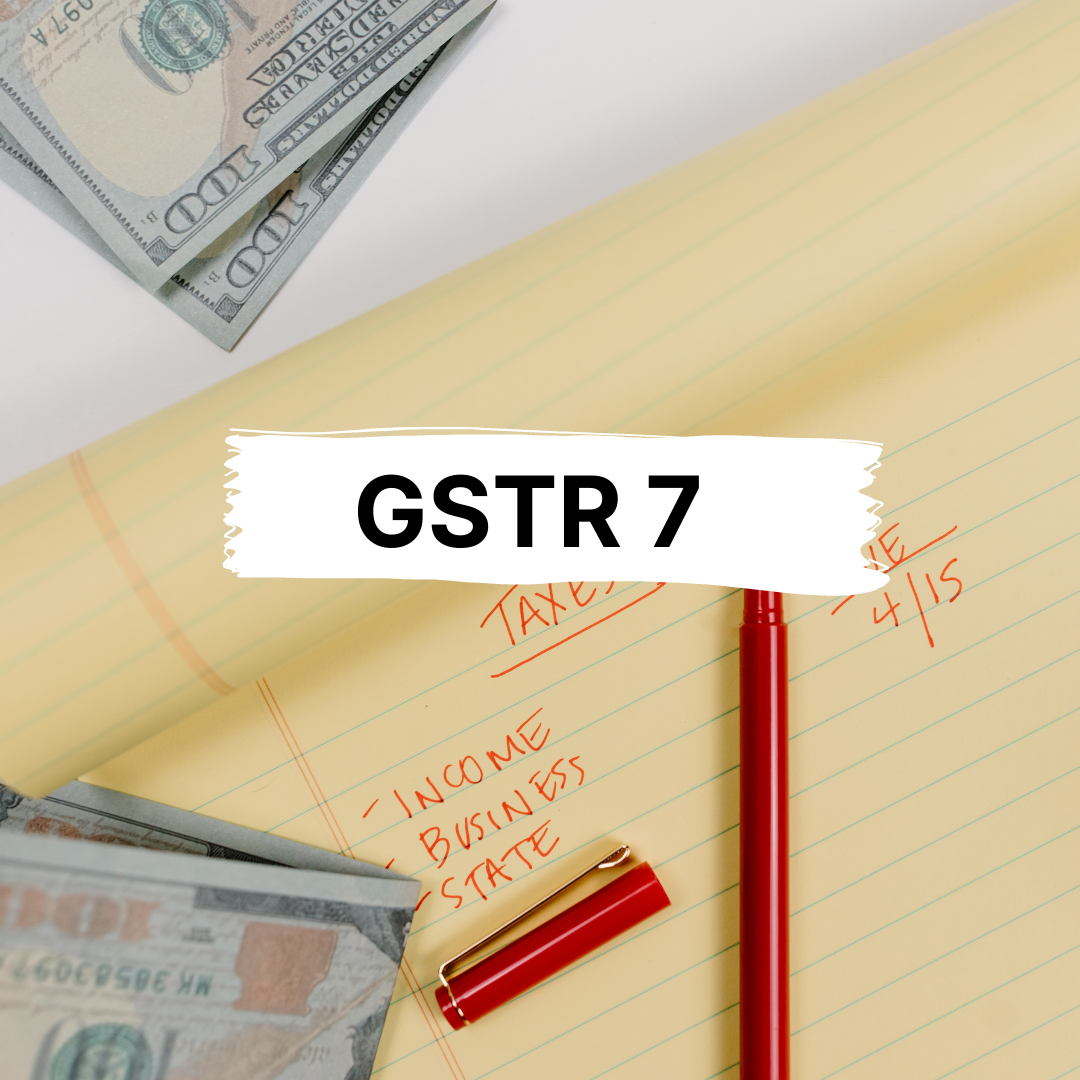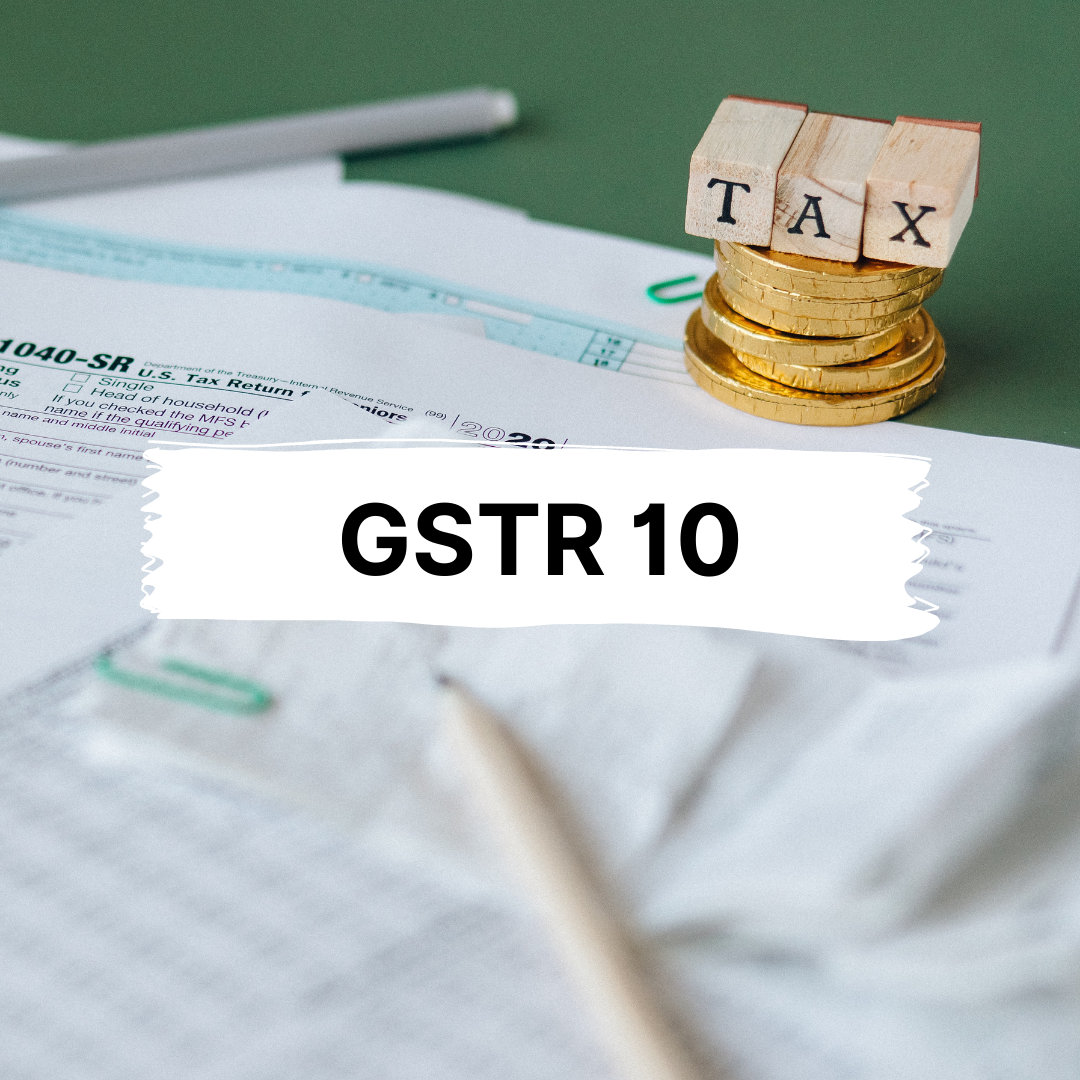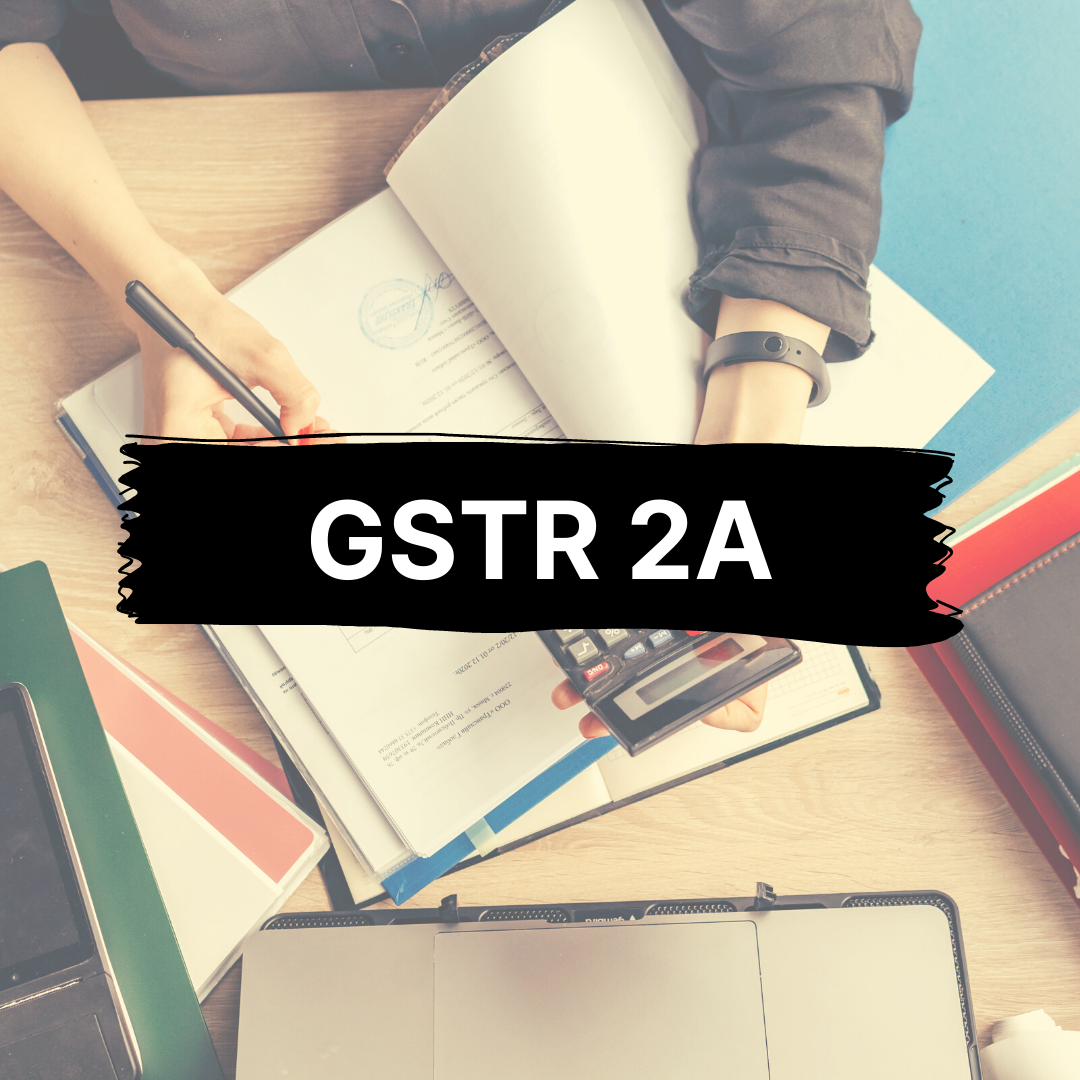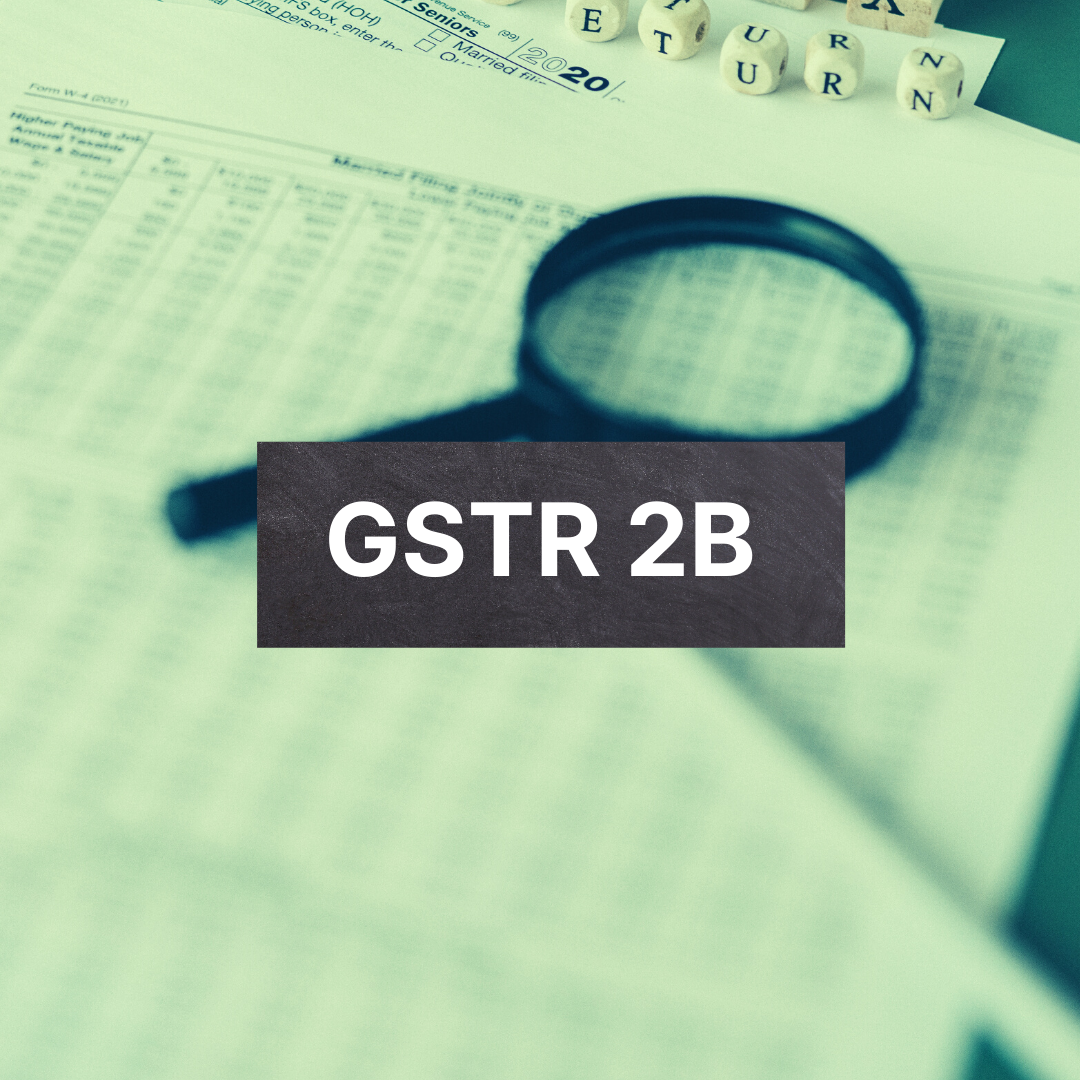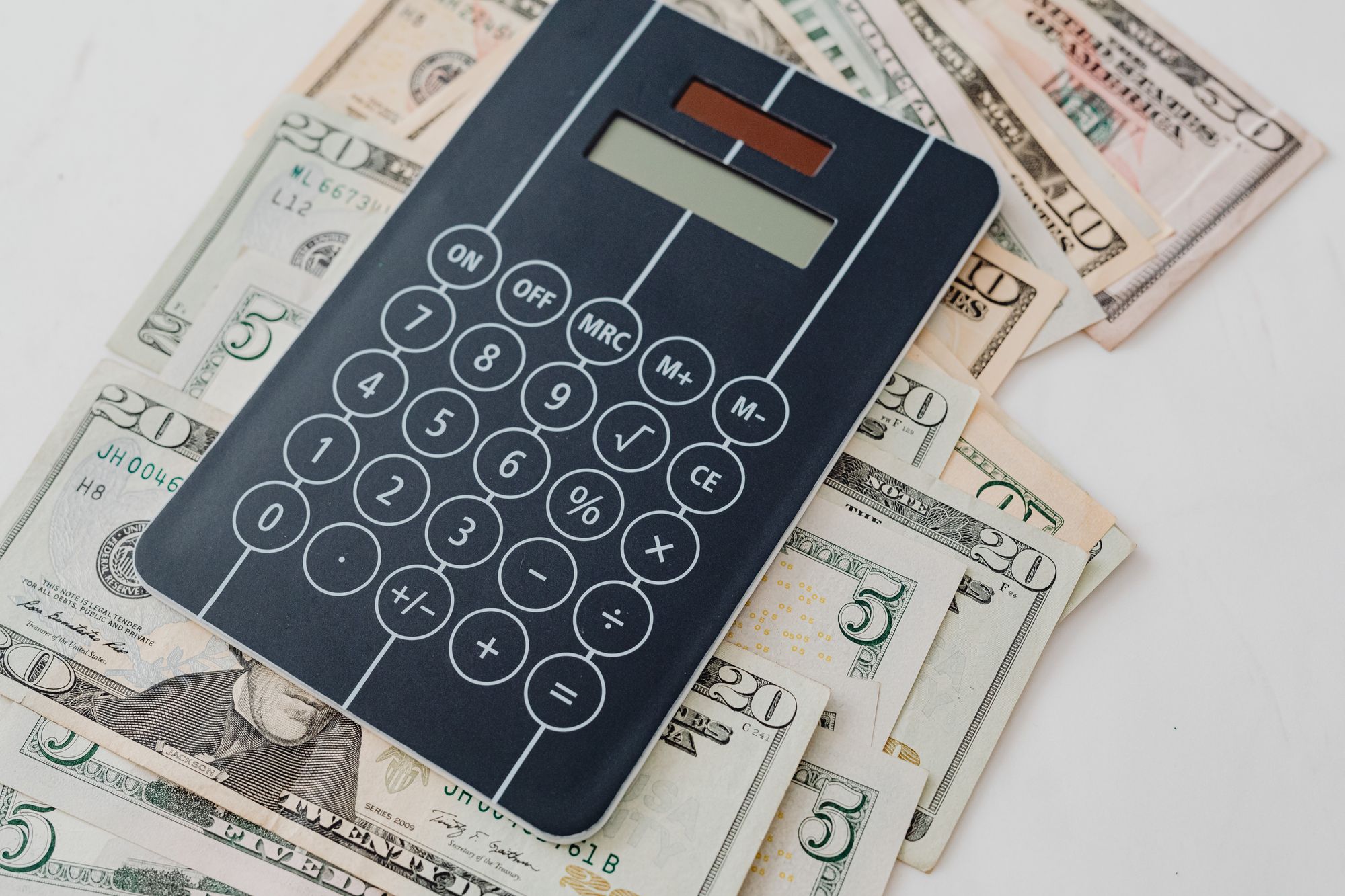If you are a business owner, it is mandatory for you to pay GST if your revenue is crossing the set limit. GST return filing is a process that is important for you to understand in order to pay GST to the authorities. When it comes to filing GST returns, the authority also demands for proof of revenue and sales. With the same, to ease out the process, new GST return filling was introduced that makes everything much easier.

Although the new GST was introduced, it did not come in act as it was not implemented. For GST, credit and debit notes are used to file return and display the revenue and sales made by a business. Here we will understand the role of credit and debit returns, and how are these used for the new GST return which is yet to be implemented.
Let’s understand all about it better in this article.
What will you find in this article?
- Debit and Credit Note
- Guidelines of Reporting of Credit/Debit Note as per the Current Return Filing System
- Guidelines of Reporting of Credit/Debit Note as per the New Return Filing System
- Results of the changes implicated on the new GST returns.
- Example of Reporting Credit Notes and Debit Notes
- Key Takeaways
Debit and Credit Note
Invoices are used to file returns as per GST. As per CGST guidelines business have to issue credit and debit notes against invoices for varied reasons. These reasons can be return of sales, discount given post sale, lack in services, and error correction in invoices, to name the most.
While under CGST businesses have to generate credit and debit notes against Tax invoices, there are other cases too. In some cases, businesses may have to generate credit and debit credits against Supply Bills as well.
Guidelines of Reporting of Credit/Debit Note as per the Current Return Filing System
GSTR-1 includes reporting of credit and debit notes under GST portal. Here is how the classification of the things goes on.
Credit and Debit Note
Issued to – Unregistered person for B2C trade
Where to declare – Under unregistered in table 9B – Credit and Debit Notes
Details Needed
- Number of credit and debit Note
- Number of original Invoice
- Date of original invoice
- Type of note (Credit/ Debit/ Refund Voucher)
- Analyzing the real value
- Analyzing the percentage of tax applicable according to government guidelines
Credit and Debit Note
Issued to – Registered person for B2B trade
Where to declare – Under registered in table 9B – Credit and Debit Notes
Details Needed
- Receiver’s GSTIN
- Number of Credit or Debit note
- Date of Credit or Debit note
- Number of original invoice
- Date of original invoice
- Type of note (Debit/ Credit/ Refund Voucher)
- Analyze value
- Analyzing the percentage of tax applicable according to government guidelines
Guidelines of Reporting of Credit/Debit Note as per the New Return Filing System
Form GST ANX-1 will include the reporting of credit or debit notes for new returns filing system.
Credit and Debit Note
Issued to – Unregistered person for B2C trade
Where to mention – In Table ‘3A, Under trade with consumers and unregistered persons (net of debit/credit notes)
Particulars required
- Place of supply,
- Tax rate,
- Taxable value
- Tax amount under - IGST/CGST/SGST/UTGST/Cess
Note – Since the trade is under B2C in the form of supplies, under new GST returns, it does not need a declaration in the form of invoice mandatorily.
Credit and Debit Note
Issued to – Unregistered person for B2C trade
Where to mention – Table ‘3B, Under trade with registered persons. This also includes edit/amendment other than the ones attracting reverse charges implementation.
Particulars required
- GSTIN/UIN,
- Place of supply,
- Document details like type,
- Date and value,
- CDN number,
- Taxable value,
- HSN Code
- Tax rate
- Tax amount under each head -IGST/CGST/SGST/ UTGST/Cess
Note – Under new GST return filing system, the supplies trade is not to be declared on a net basis.
In case to furnish a credit or debit note you will have to click on the drop down list and select “Document Type” from the list. In the current table, there is a separate section to mention credit and debit notes. This has not been followed in the new list exactly. In the new table, all the details can be mentioned in a single table.
Results of the changes implicated on the new GST returns.
New GST returns filing system has some minor and some major changes. But the most significant changes that make a difference is that there is no separate section or table to file the credit or debit notes. It goes in the same table as details.
Here are two kinds of tables that you need to know and understand from new GST returns filling.
Supplies to unregistered persons (B2C supplies)
This table does not require generation of invoices. This means if a company is dealing with direct consumers on B2C level, there is no requirement of invoice generation. The process is carried out in a different form. The debit and credit note are mentioned in Table 3A in their net value. This annexure makes space for negative value in the case credit or debit note exceeds in the given taxation period.
The current system demands the credit or the debit note to be linked with the invoice. This process is not required in the new GST returns filing system that is yet to be implemented. No invoice linking of the credit or debit note is required in the new return filing system.
Supplies to registered persons (B2B supplies)
As per the new GST return filing system, there is no need of linking an invoice here as well. However ever credit and debit note is prepared individually. The details of each credit and debit note are mentioned in the Table 3A as well as per the guidelines and details required.
Example of Reporting Credit Notes and Debit Notes
We went through the theoretical understanding of how to credit and debit notes are mentioned in a table. Let’s also take a practical look. Here is an example of how credit or debit notes can be entered in the table.
Alpha supplied goods to Mr. Beta on 5th June 2020. The value of the supply was Rs. 20,000. This is the taxable value of the supply. The GST charged on the value if 18%.
Here is the example of how to mention the supply value and add GST to it.
|
Particulars |
Rs. |
|
Taxable Value |
20,000 |
|
CGST – 9% |
1,800 |
|
SGST – 9% |
1,800 |
|
Invoice Value |
23,600 |
How Deskera Can Guide You?
Discover how you can combine accounting, finances, inventory, and much more, under one roof with Deskera Books. It's now easier than ever to manage your Journal entries and billings with Deskera. The remarkable features, such as adding products, services, and inventory, will all be available to you from one place.
Experience the ease of implementation of the tool and try it out to get a new perspective on your accounting system.
With the guiding and informative videos on how to manage and set up India GST, you can learn about and familiarize yourself with the process in just a few minutes.
Deskera Books is a time-saving strategy for managing your work contacts, invoicing, bills and expenses. In addition, opening balances can be imported and chart accounts can be created through it.
Key Takeaways
- Credit and debit notes are used to analyze and mention the value of supply made.
- The rules and processes for entering credit and debit notes in taxation table is different in the current GST return filing system and the new GST return filing system.
- In the present return filling system, the credit and debit notes need to be linked to an invoice.
- In the new GST return filing system, the credit notes and debits are not needed to be linked to an invoice.
- In both new and old processes, the mention of the credit and debit notes requires a set of details.
Related Articles
